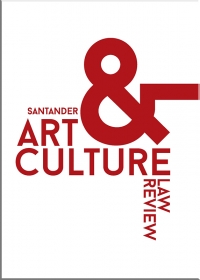The Protection of Intangible Cultural Heritage in Armed Conflict: Dissolving the Boundaries Between the Existing Legal Regimes?
The Protection of Intangible Cultural Heritage in Armed Conflict: Dissolving the Boundaries Between the Existing Legal Regimes?
Author(s): Kalliopi ChainoglouSubject(s): Museology & Heritage Studies, Customs / Folklore, International Law, Public Law, Cultural Anthropology / Ethnology, Peace and Conflict Studies
Published by: Wydawnictwo Uniwersytetu Jagiellońskiego
Keywords: intangible cultural heritage; armed conflict; cultural rights; law of armed conflict;
Summary/Abstract: The themes of measures of cultural heritage protection and the accountability of perpetrators of crimes against cultural heritage in armed conflict have been receiving growing attention in international fora and international scholarship. The applicable law for the protection of cultural heritage in times of conflict is the 1954 Hague Convention for the Protection of Cultural Property in the Event of Armed Conflict and its two Protocols; however, the protection that this body of rules provides to intangible cultural heritage (as opposed to tangible cultural heritage) is questionable. This paper seeks to critically present the intersection of the 2003 Convention for the Safeguarding of the Intangible Cultural Heritage with other international legal regimes, especially the norms of the 1949 Geneva Conventions and their Additional Protocols and human rights law, with the aim of establishing that intangible cultural heritage enjoys legal protection in all phases of an armed conflict.
Journal: Santander Art and Culture Law Review
- Issue Year: 3/2017
- Issue No: 2
- Page Range: 109-134
- Page Count: 26
- Language: English

